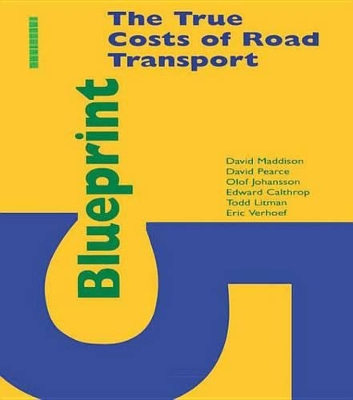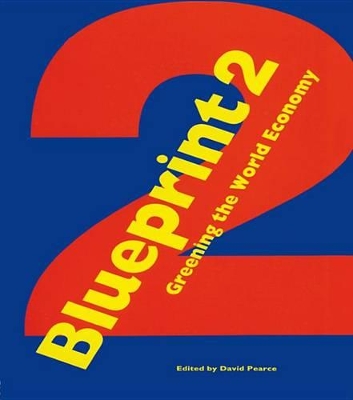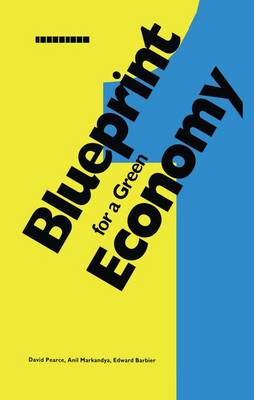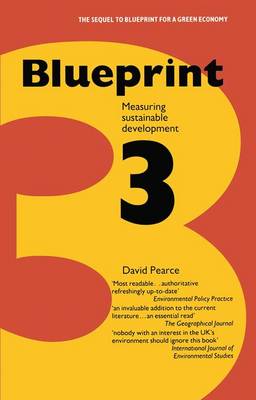Blueprint
6 total works
Ten years ago, Blueprint for a Green Economy made front-page news. Its central message, that environmental problems have their roots in economic 'failures', served to change the direction of environmental policy. The goal of sustainable development was seen to be illusory unless an economic perspective was brought to bear on the issue.
A decade on, two of the original authors, David Pearce and Ed Barbier, return to the original theme to see what has changed. They find that the picture has improved, with governments worldwide now talking the language of environmental economics and making steps towards an economics-based environmental policy. However, there is a long way to go and Blueprint for a Sustainable Economy maps out the agenda again, with special reference this time to developing country problems where the neglect of environmental quality is costing nations dear. The authors show that their original formulation of the meaning of sustainable development has flourished into whole theories of how to achieve sustainability and how to measure a sustainable path for modern economies. They also show that all the principles applicable to a nation, or to the world as a whole, are equally applicable to corporations. Here is a blueprint for the start of the century.
They also show that all the principles applicable to a nation, or to the world as a whole, are equally applicable to corporations. Here is a blueprint for the start of the century.




